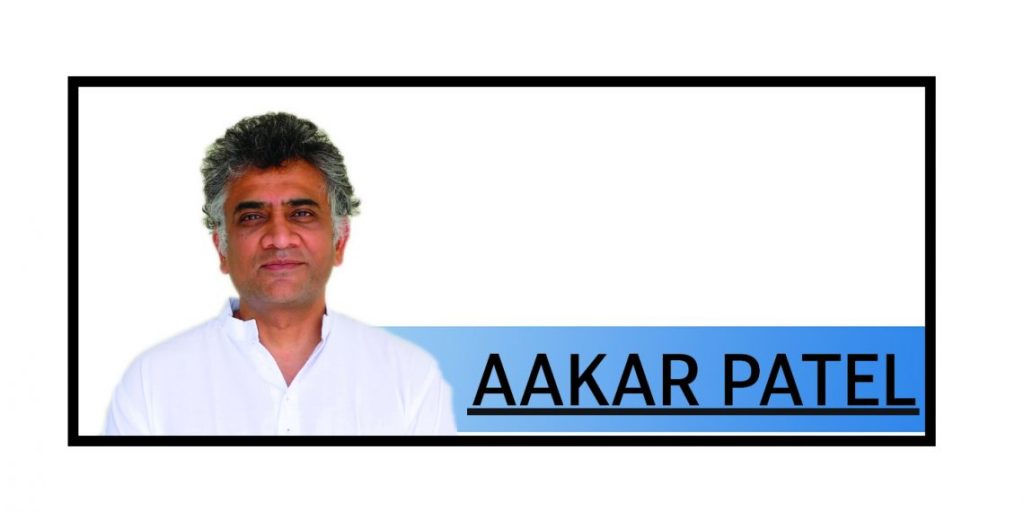In July 2020, the government announced it would monitor India’s performance of 29 select global indices. A meeting with 47 Central ministries and departments was held to work out how to improve the ranking. Let us see what has happened since.
On the United Nations Human Development Index, we have fallen by one place. This is because of a decline in average income and disinvestment in girls’ education and health. The United Nations World Happiness Report does not measure happiness. It measures GDP per capita, life expectancy, freedom and perceptions of corruption. India has fallen 19 places here.
On the Global Hunger Index, which measures hunger, stunting in children and undernourishment, India has fallen 46 places and is today behind Pakistan, Nepal and Bangladesh.
Conservative (meaning right-wing) bodies in the United States have long been monitoring the world from their point of view on freedom. On the Cato Human Freedom Index, India has fallen 44 places because of a decline in rule of law, religious freedom and freedom to trade. The World Economic Forum (popularly known as Davos) issues the Global Gender Gap Index which monitors progress on gender parity. India has fallen 26 places. The World Bank through its Women, Business and the Law Index monitors women’s economic opportunities. India has fallen 13 places.
On the Smart Cities Index which looks at health, safety, mobility, activities and opportunities for citizens, Delhi has fallen 18 places, Bangalore has fallen 16 places, Hyderabad 18 places and Mumbai 15 places. The Access Now Tracker looks at internet shutdowns around the world. India is by far the global leader here. India had 6 shutdowns in 2014, 14 in 2015, 31 in 2016, 79 in 2017, 134 in 2018, 121 in 2019 and 109 in 2020. In 2021, there were 106. Of 213 total global shutdowns in 2019, India accounted for 56 per cent (12 times more than the next nation, Venezuela). Of 155 global shutdowns in 2020, India accounted for 70 per cent, denying people — including patients, students — access even during a pandemic.
On the global RTI ratings, India has fallen four places as it has become more opaque. India has fallen on indices that monitor democracy, and this has already been widely reported. On the University of Gothenburg’s Varieties of Democracy, India lost its status as a democracy and was classified as an ‘electoral autocracy’, joining nations like Hungary and Turkey. On freedom of expression, media and civil society, India was ‘as autocratic as is Pakistan, and worse than both Bangladesh and Nepal’.
On Freedom House’s Freedom in the World Index, India has gone from ‘free’ to ‘partly free’ and Kashmir, which is ranked separately, gone from ‘partly free’ to ’not free’. The Civicus Monitor’s National Civic Space rankings look at freedoms of association, peaceful assembly and expression (which are fundamental rights in India under Article 19). India has gone from ‘obstructed’ to ‘repressed’.
On the Economist Intelligence Unit’s Democracy Index, India has fallen 19 places. India has lost hard power, meaning military ability and the power to influence the world, and on the Lowy Institute’s Asia Power Index, India lost its ‘major power’ status in 2020 after events in Ladakh. The World Justice Project monitors rule of law in nations. India has fallen 13 places here. On the World Press Freedom Index, India has fallen 10 places. Bloomberg’s Covid Resilience Ranking put India fourth from the bottom in the world, behind Pakistan and Bangladesh.
On the World Air Quality Index, India had 22 of the 30 most polluted cities in the world, adding 11 after 2017. On the Yale Environmental Performance Index which looks at protection of ecosystems, India fell 13 places and went behind Bangladesh, Pakistan and Nepal. Similarly, on the Climate Risk Index it fell 11 places to be behind Pakistan and Bangladesh again. India fell 10 places in the Sustainable Development Index.
In August of 2020, it was reported that the “Modi govt plans media blitz for ‘image correction’ to boost India rank on global lists.” This would involve “large-scale media blitzkrieg will involve multimedia campaigns and microsites (sites within websites) created by different ministries.” This publicity, the report said, would “shape India’s perception for the domestic and global audience and publicise the problems, parameters and data sources of global indices.” How publicity would change India’s ranking was not explained.
After August 2020, as India kept declining, the government decided that it would not engage with the indices. Instead it would say that they were incorrect and biased. It was like the boy who doesn’t want to play and decides to take his stumps home.
The indices will keep getting published however, and India will keep falling. To correct a problem, one has to first acknowledge a problem. Only then can one think about what is wrong and what can be fixed. Since we have already moved into our Amritkaal phase, there is nothing wrong here and we will keep going down this path to wherever it leads.
